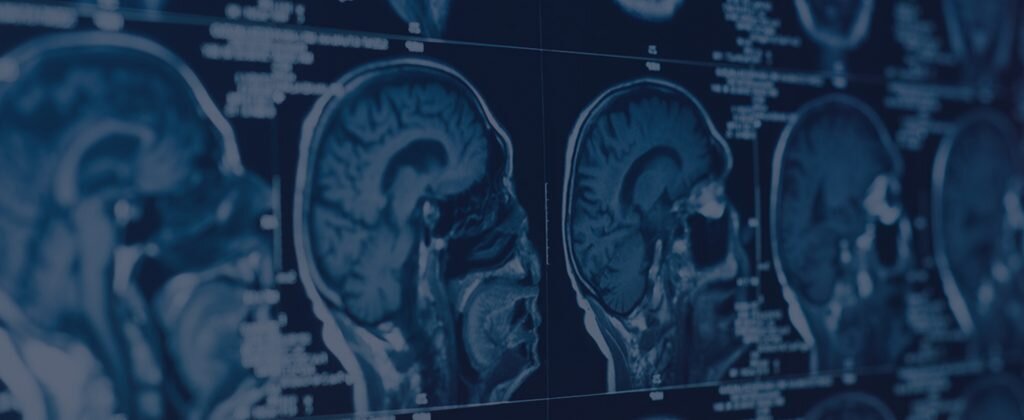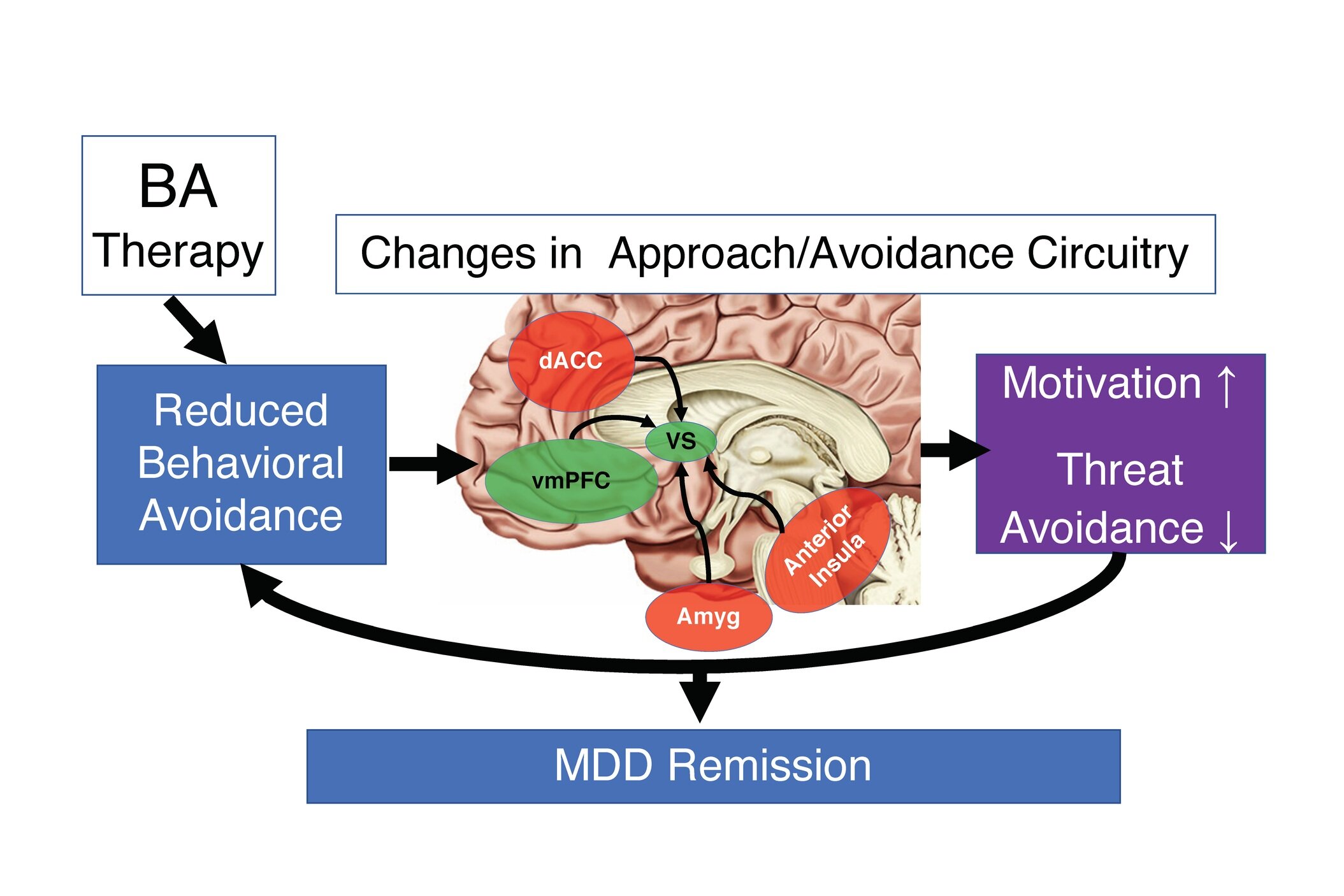Multi-Level Mechanisms of Behavioral Activation in Adolescent Depression
Major Depressive Disorder (MDD), the initial episodes of which emerge most rapidly at ages 15-17, remains a major public health issue that necessitates successful experimental therapeutics research. Non-treated and unsuccessfully-treated adolescents with MDD suffer the most frequent and chronic subsequent depressive episodes. Behavioral Activtion (BA) is an apparently efficacious therapy for adolescent MDD although the mechansisms of BA’s efficacy remain unknown. Understanding mechanisms that engage targets of therapeutic change among adolescents is critical to determining when, how, and for whom BA can be an effective treatment.
Through the use of extensive ecological momentary assessments (EMA), longitudinal fMRI collection to detect change in corticostriatal and corticolimbic circuitry, and novel computational, therapeutic, and neuroimaging techniques, this study aims to provide insight into the neural and behavioral targets of intervention for reducing avoidance behavior with BA. In turn, this knowledge can be used to inform future treatment modification and facilitate precision-medicine based psychotherapy interventions.


